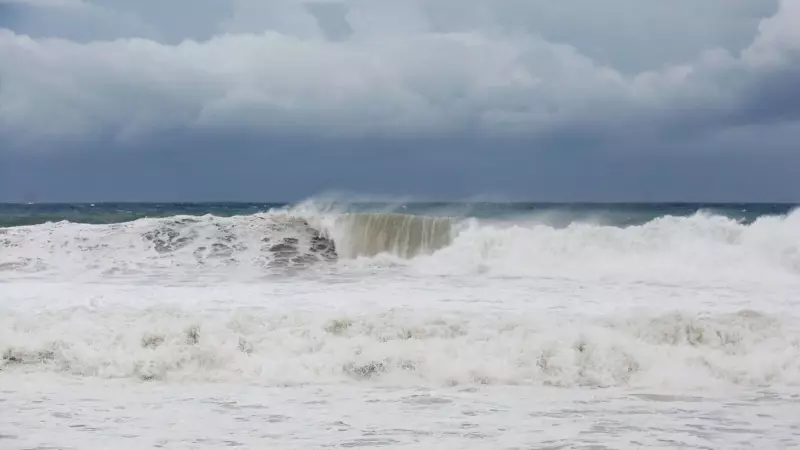
Meteorological disaster looms large over the Caribbean basin as Hurricane Melissa undergoes rapid intensification, transforming into a formidable Category 5 hurricane with sustained winds exceeding 157 mph. The storm's unprecedented strengthening has triggered mass emergency responses across multiple island nations.
Emergency Declarations Across Caribbean Nations
Jamaican authorities have initiated mandatory evacuation protocols for coastal communities while Haiti's emergency response teams are mobilizing resources in anticipation of catastrophic flooding. Cuban meteorological services have issued their highest-level alert, warning residents of potentially devastating impacts.
Projected Path and Immediate Threats
The National Hurricane Center's latest trajectory models indicate Melissa will maintain Category 5 status as it approaches Jamaica within the next 48 hours. Meteorologists emphasize the storm's unusually large wind field, which expands the zone of extreme danger beyond the immediate eye wall.
Critical Preparedness Measures Activated
- Emergency shelters being established across all three nations
- International aid organizations prepositioning relief supplies
- Commercial flight cancellations expected within 24 hours
- Coastal regions facing mandatory evacuation orders
- Power utilities preparing for widespread outages
"This represents one of the most significant hurricane threats to the Caribbean region in recent memory," stated Dr. Maria Rodriguez, senior meteorologist at the Regional Climate Center. "The combination of extreme wind speeds and projected rainfall totals creates multiple overlapping hazards."
Regional Impact Assessment
Beyond the immediate threat to Jamaica, Haiti, and Cuba, meteorological agencies are monitoring potential impacts on the Bahamas and southeastern United States. While the core trajectory remains focused on the Greater Antilles, peripheral effects including heavy rainfall and dangerous surf conditions may extend hundreds of miles from the storm's center.
International weather monitoring stations report sea surface temperatures in the region are approximately 2-3°C above historical averages, providing the energy source for Melissa's explosive development. Climate scientists note this pattern aligns with projections of more intense tropical cyclones in warming ocean conditions.





